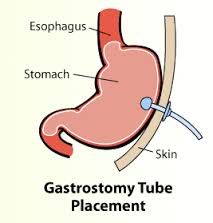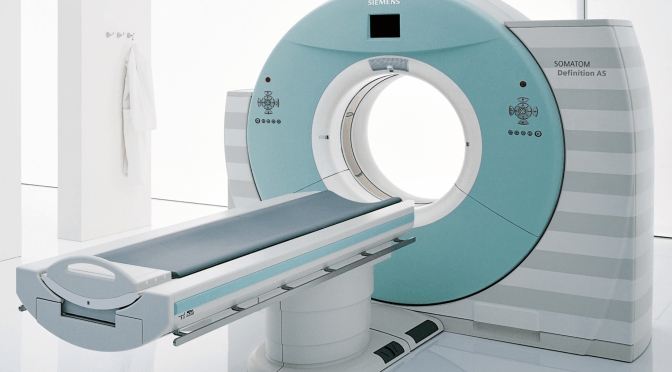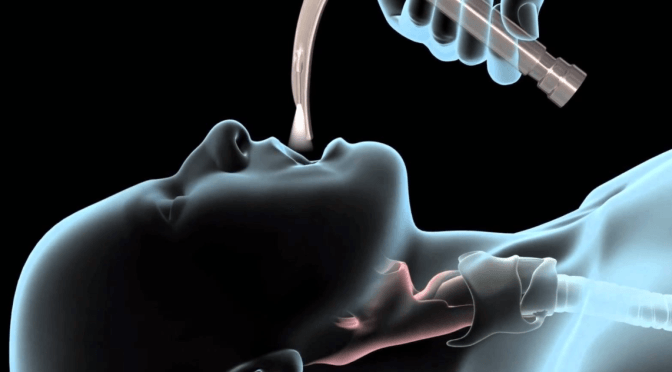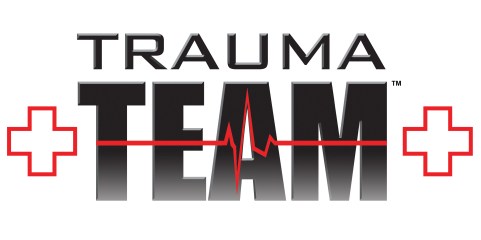- Jul 18th, 2016
- Jamie Santistevan
- leave a comment
- categories:
A wide range of benign and dangerous pathology can present with a rash. It is wise to develop a systematic approach to rashes in the ED, one that helps you recognize the deadly causes of rash while narrowing the differential diagnosis. Any patient with a fever plus a rash could potentially have one ...








